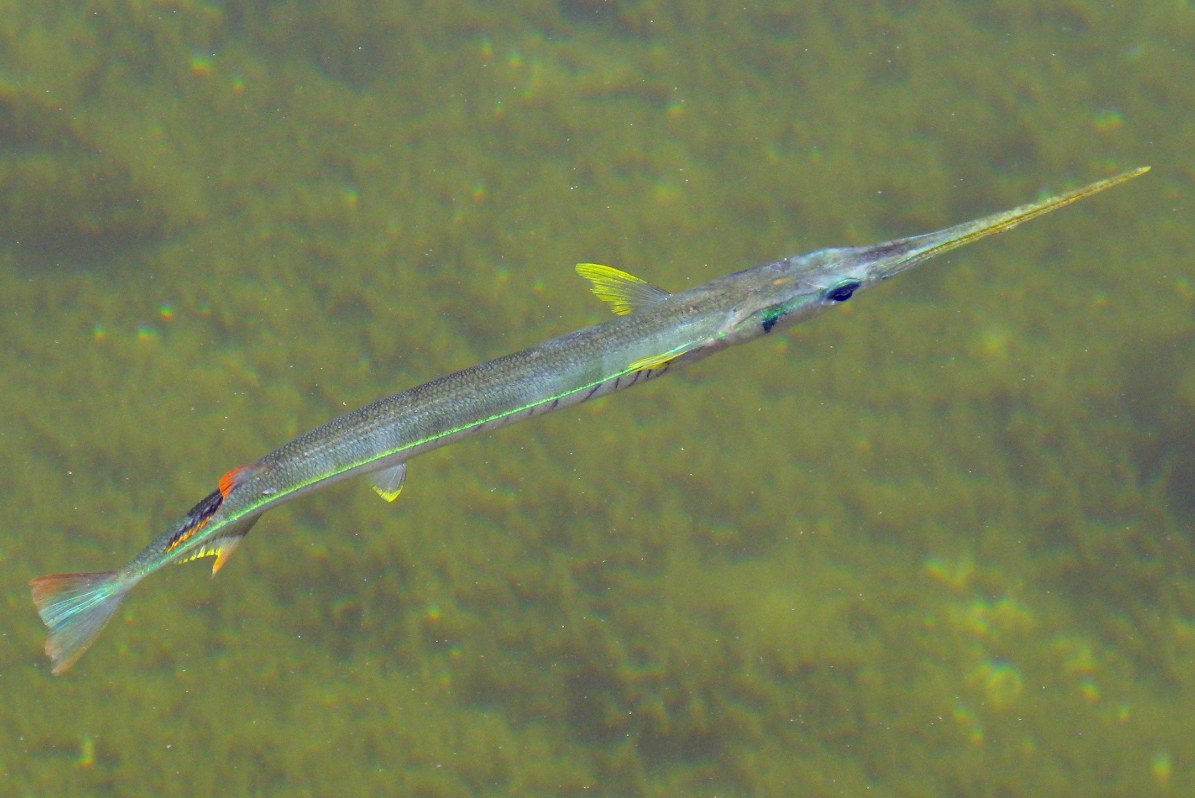We are sure that most of you have heard of Farm to Table, but how about Farm to TURTLE?
 |
| Farmer Erica |
This week at the Giant Ocean Tank we had some special visitors. Erica and Dave from
Rustic Root Farms in Farmington, ME, brought some of their organically-grown produce down for our favorite vegetable-eating green sea turtle to sample! (That would be
Myrtle, of course.)
Along with about twenty Aquarium employees, Myrtle receives a weekly delivery of produce from the farm. They are all members of a CSA, which is short for Community-Supported Agriculture. Being a CSA member is a bit like being a shareholder in a business, except that you get to eat your weekly return! What was on the menu this week? A tasty salad of zucchini, cucumber, red beets, bok choy, romaine lettuce, red leaf lettuce, and beet greens.
 |
| Yummy |
We knew she’d love the romaine lettuce – it’s a regular staple in her diet here – and were pretty sure she’d like the red leaf too, but everything else was a bit of a mystery for us! And even we were surprised by some of what the
Brussels sprout-loving reptile liked and didn’t like.
 |
| Feeding Myrtle at the top of the Giant Ocean Tank |
Myrtle turned her beak up at the beet greens, and would only eat the zucchini and cucumber when stuffed inside a squid! The bok choy was hit or miss. But perhaps the biggest surprise of all? It was Myrtle diving down into the water to chase down the red beets! She gobbled them right down while beet juice squirted all around!
 |
| Myrtle on a beet pursuit |
Erica and
Dave (who is also the Manager of Visitor Experience here at the Aquarium) wanted to bring their vegetables to the Aquarium to show people that you can
live blue™ by eating green (or more specifically, by eating your greens). Here are
10 ways you can make a difference for our blue planet.
Getting your produce locally means that food hasn’t had to travel lots of miles to your plate and is a great way to reduce your carbon footprint. So be like Myrtle and buy local and sustainable – and support your neighborhood farmers!

























































